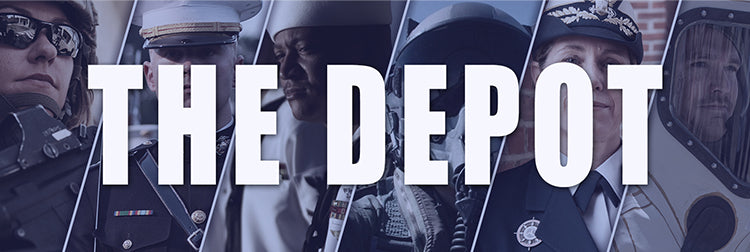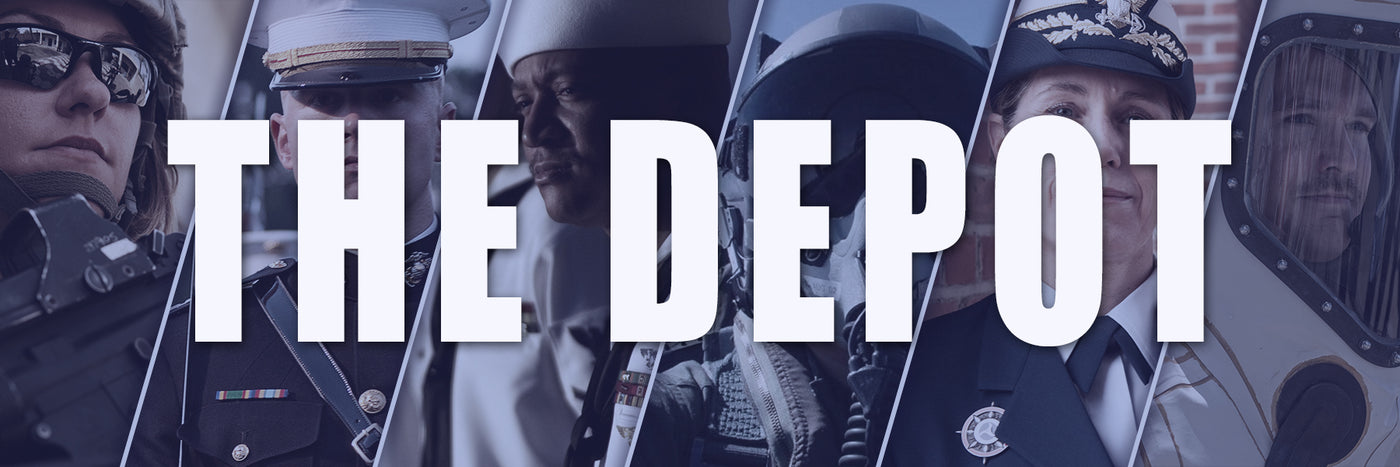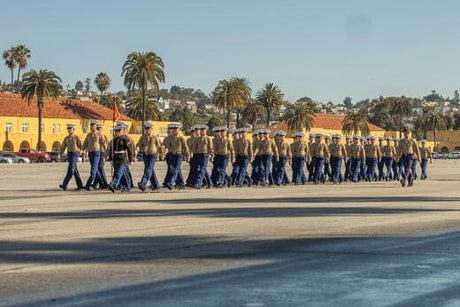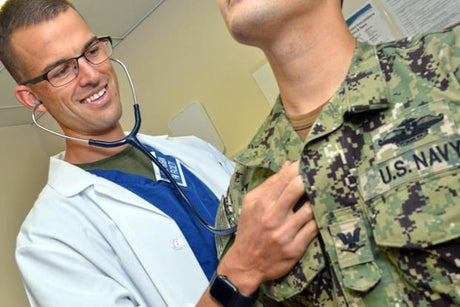
Fighter Pilot Helmets: Why Are They Yellow?
There is one unit with a striking fighter pilot helmet that stands out amongst other Air Force units. It is almost like someone took a giant yellow highlighter and marked...
Blog Staff |
ARMED FORCES SUPER STORE 1-877-653-9577 | 8 - 7 CST MON-FRI



There is one unit with a striking fighter pilot helmet that stands out amongst other Air Force units. It is almost like someone took a giant yellow highlighter and marked...
Blog Staff |

The Air Force Commendation Medal was authorized by the Secretary of the Air Force on March 28, 1958, for award to members of the armed forces of the United States who, while...
Blog Staff |

Basic training for every branch of service is different and varies in difficulty, but when its over all participants are happy about their accomplishment and a great way to show...
Blog Staff |

The holidays are closing in fast and if you have a U.S. airman in your life, you might be looking for gifts for airmen that will show them how much...
Blog Staff |

If you serve in the U.S. military, you still might hear a couple of people referring to the primary military work uniform as military fatigues. In the next 20 years,...
Blog Staff |

All branches of the military, with the exception of the U.S. Marine Corps and U.S. Space Force, have military doctor billets. Being a military doctor can be rewarding because a...
Blog Staff |

A considerable amount of subjectivity comes into play when selecting a branch of service to join. If you are thinking about joining the U.S. military, your personal preferences should play...
Blog Staff |

Just outside of Grissom Joint Reserve Base in Indiana is the Grissom Air Museum and if you’re in the area or just passing through, this is a great place to...
Steven Alvarez |